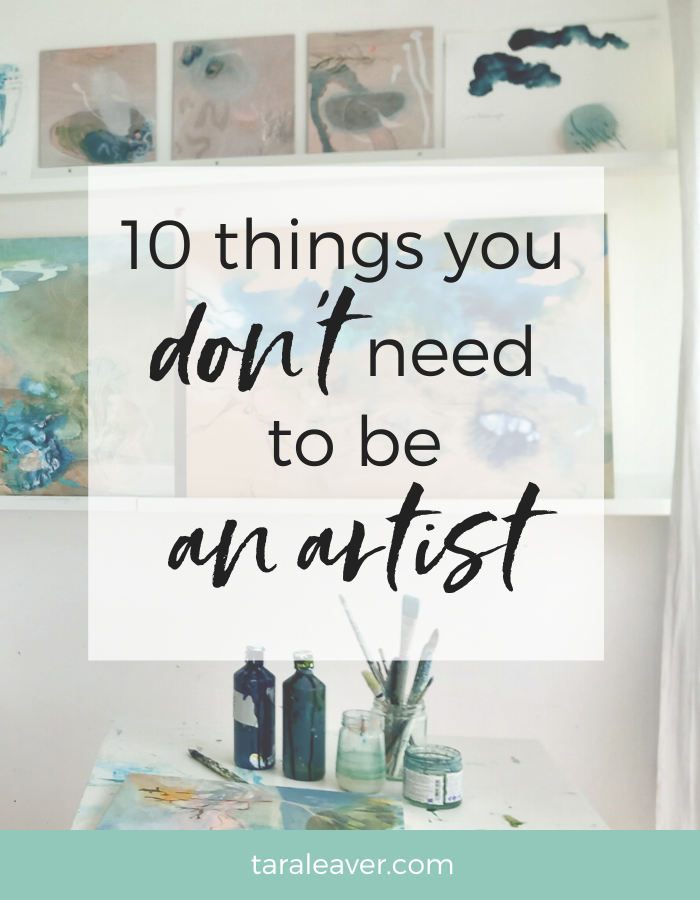
I recently wrote a post exploring 10 things you need to be an artist, and then had the brainwave that it might also be helpful to talk about some of the things you don’t need to be an artist.
Because there are an awful lot of ‘rules’ and unspoken assumptions out there that I see holding artists back, and it just won’t do.😠
Thus, this post.
Caveat – You may find some of these things are useful, perhaps even essential, if you want your art to also be an income provider. I personally wouldn’t recommend having no online platform at all, but you don’t need them all either! The point is that none of these things are prerequisites for you to be an artist.
1 | Permission
The most important one, in my humble opinion, and one of the hardest for many of us.
If you’re going to get permission to make your art and be an artist, in whatever way that means for you, the only person who truly needs to give it to you is yourself.
Not saying that’s always easy, but it does mean you don’t ever need to rely on anyone else to give you the go ahead.
2 | A degree
If it helps, I don’t have one.
I also know a lot of thriving, happy artists {and some less happy ones – it’s not an either/or!}, who don’t have a degree or any other kind of formally recognised qualification.
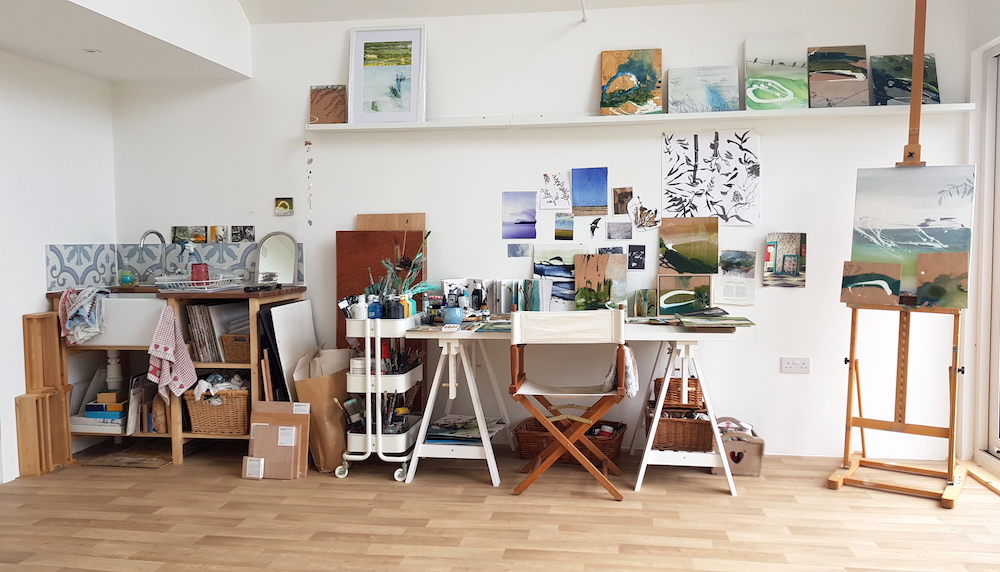
3 | A studio
There’s nuance to this one.
Logically, I think we all ‘know’ that you don’t need a studio to make art.
You can just as easily make it in a spare bedroom or at the kitchen table. {I have done both of these.}
The sticky part tends to be around how a studio is perceived to validate you as an artist.
‘A real artist has a studio’, otherwise they’re just dabbling, or it’s ‘just’ a hobby.
Nonsense.
Lots of artists with studios are making art purely for their own pleasure.
{I don’t love the word hobby, it feels demeaning, especially since if you’re reading this it’s likely a soul calling.}
And lots of artists without studios are making art and thriving in all sorts of ways.
Studio, no studio – you really can be an artist either way.
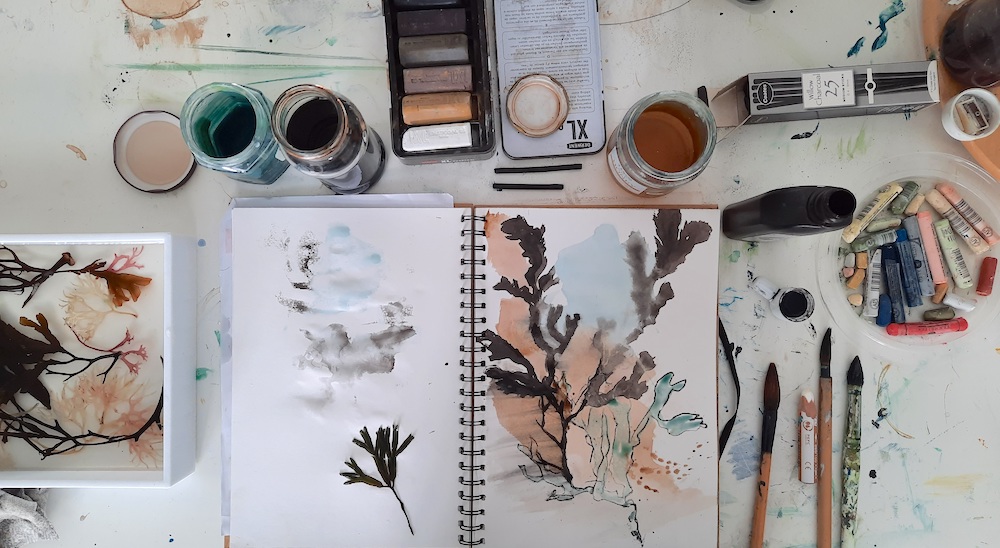
4 | A sketchbook practice
I’ve had lots of conversations with artists, both professional and not, about the sketchbook thing.
You might be surprised how many of us {loads!} have felt pressure to use sketchbooks, tried it many times in different ways, and found it just doesn’t stick.
I’ve used sketchbooks over the years – for everything from blind contour drawings to collage to experiments to collaborations to detailed realistic drawings {and here’s how I was using them ten years ago!} – but it’s never been a regular practice for me.
Nor has it usually related to my paintings in any direct way.
My painting practice doesn’t require me to make sketches or use sketchbooks to gather inspiration, and guess what?
It’s totally fine. I’m still somehow managing to be an artist. 😉
5 | A website
I do think if you want to make your art your business, you need a website.
There are people who’ll say it’s not essential, and that it’s fine to just have an Instagram account, for example.
I think that’s a mistake because a website is your home on the internet; Instagram is borrowed land, and can be taken away at any time.
It’s good to have somewhere to point people to, where they can look at your body of work, learn a bit about who you are and why you do what you do, sign up for your email list, and perhaps even purchase your work from it.
But whether it’s your business or not, you don’t need a website to be an artist.
The art always comes first anyway.
6 | An Instagram account
Oof! Social media. Don’t even get me started.
I shared a video from inside the Happy Artist Studio about Instagram and mental health after a member asked me about it, which you can watch here.
I have my own journey with it, shall we say!
But I do have two accounts currently – one for the teaching side of my work, and one for my own art.
It’s a lot of work if you want it to actually work for you in a business sense, and there is an invisible layer of emotional and mental bandwidth too that I don’t think we often realise before diving in.
Even if you’re just doing it for fun, you will likely come up against your own subconscious beliefs, envy, self doubt, comparisonitis and any number of other lovely demons, at some point.
And yes, there’s a lot of fun to be had there too – connections with new artist friends, discovery, inspiration.
But you don’t need it to be an artist. Lots of artists don’t use it.
7 | Sales
It’s that pesky silent rule again.
You’re only a real artist if you sell your work.
I mean, I don’t know how else to say that that’s rubbish except that it’s complete and utter rubbish.
You can sell your work. You don’t have to.
You get to make your art simply because you want to make it.
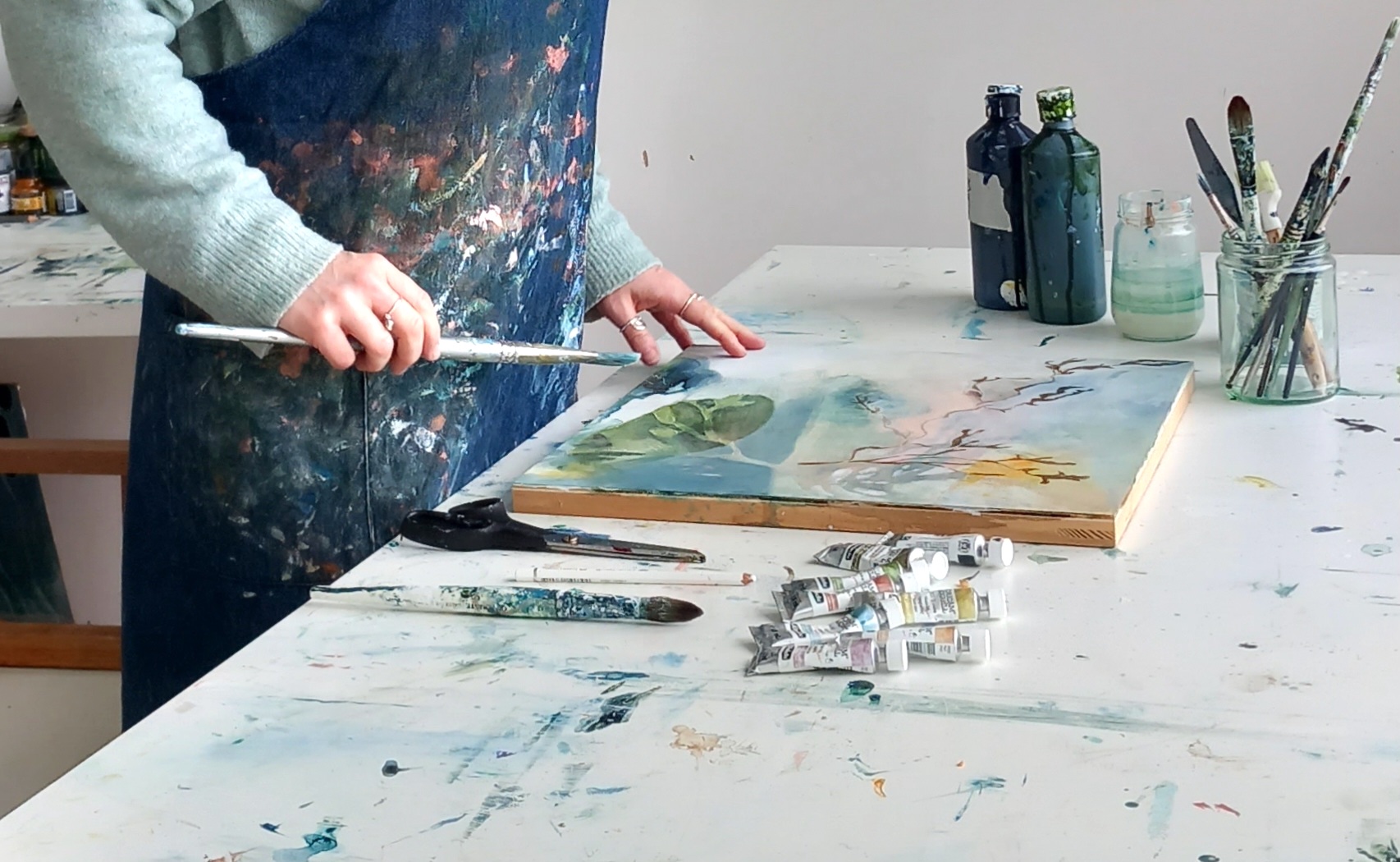
8 | A ‘style’
Styles come and go.
I’ve explored many over the years, on my way to where I am now.
I don’t anticipate this being the end of the road for me, style wise.
Your artist voice is what’s True, and where your richest, most gorgeous, most YOU work comes from.
Here’s what I’ve learned about ‘finding your style’.
You don’t have to try. It’s going to happen.
Your only job is to keep making art.
By all means, try anything that catches your eye.
I actually advocate for this in many cases, because there is so much information to be gleaned from learning experientially what you love doing and what doesn’t work for you.
But trying to fit your art into a specific style, or make it have one, is a road to frustration and confusion.
You don’t have to make the same kind of work over and over. It’s helpful to have a level of quality and consistency if you want to show your work in galleries, but beyond that, see what happens if you let go of style for a bit and focus on just making art.
{And if you need guidance in this area, I can help.}
9 | To be ‘good at drawing’
This is the mainstream benchmark of what makes a good artist.
It’s rooted in history, patriarchy, and tradition.
It’s also not relevant these days. There are artists out there who can’t draw to save their lives {where ‘draw’ means, ‘recreate a likeness’}.
Some artists have built their career on not drawing in any kind of traditionally sanctioned way. {Take a look at David Shrigley if you want an example.}
There is no fundamental right and wrong here, only opinions.
Since I’m using myself as an example in basically every point here, I’ll do it again.
My drawing skills are OK. Not brilliant. Not dreadful.
I ENJOY drawing, but for me the interest lies not in making an accurate likeness {I have a camera for that 😉}, but in expressing something.
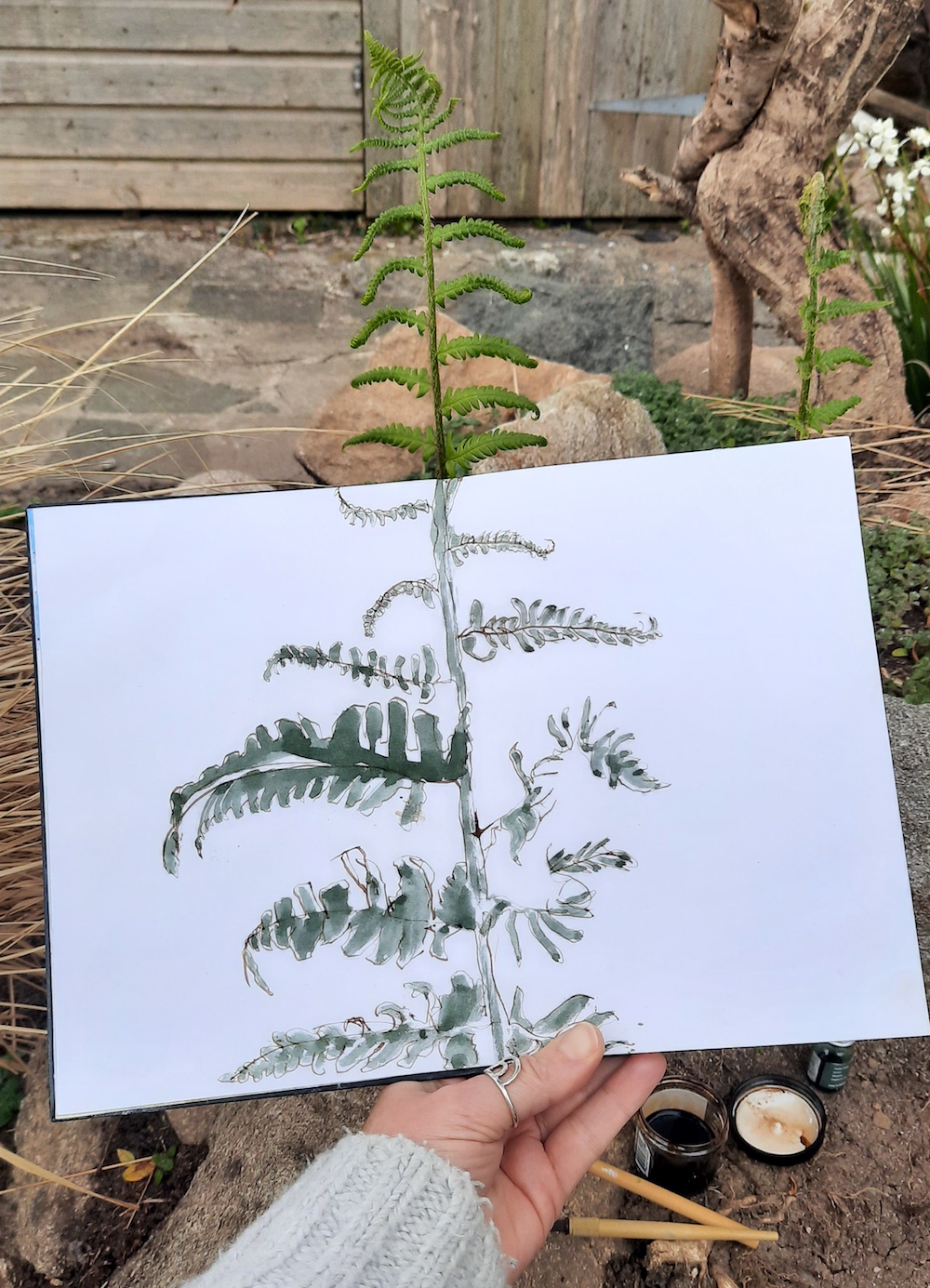
10 | To have it all figured out
Seriously.
I know it looks like lots of artists have, especially if Instagram is anything to go by. {It isn’t.}
Learning to take a good photo, make a pretty graphic, talk about your art, or show up a LOT – all stuff you can learn.
None of that automatically means you’re thriving, or fulfilled, or making the art you most want to make – your truest art.
{And I will say that learning how to use social media – and then continuing to use it – takes a big chunk of time and energy away from focusing on that.}
The bad news is: you’ll never have it all figured out. You’ll never ‘arrive’ at artist perfection.
And really, would you want to? Where do you go from there?
The good news is: you’ll never have it all figured out.
But you get to make a lot of art and be your artist self along the way.
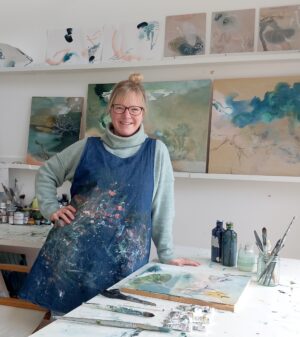 Feel like you could use some help with this whole ‘being a happy artist’ thing?
Feel like you could use some help with this whole ‘being a happy artist’ thing?
That is literally what I’m here for.😊👩🏼🎨
Come and check out the Happy Artist Studio for a big library of process based courses, Q&A videos, lessons and guidance in all aspects of being an artist, and a lovely community of artist friends. We’d love to have you.
You don’t have to fulfill any criteria except that you want to make your art, and you want to make it in the most ‘you’ way possible. It’d be my pleasure to help you!

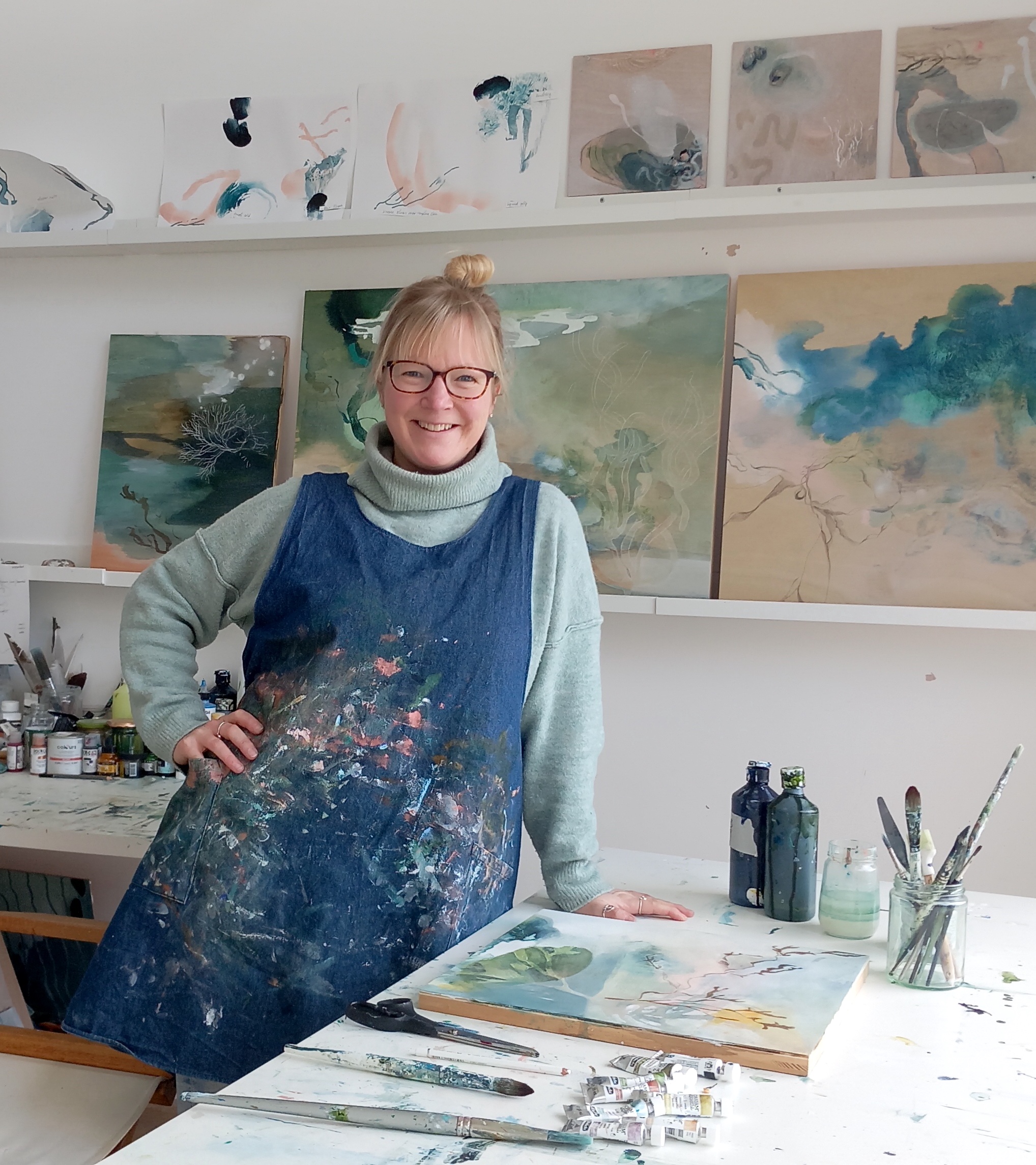
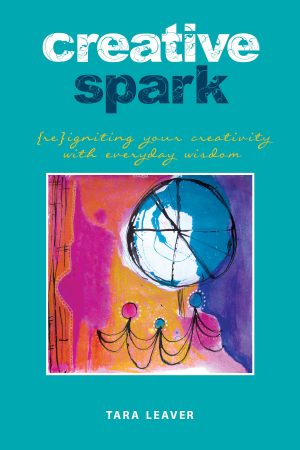
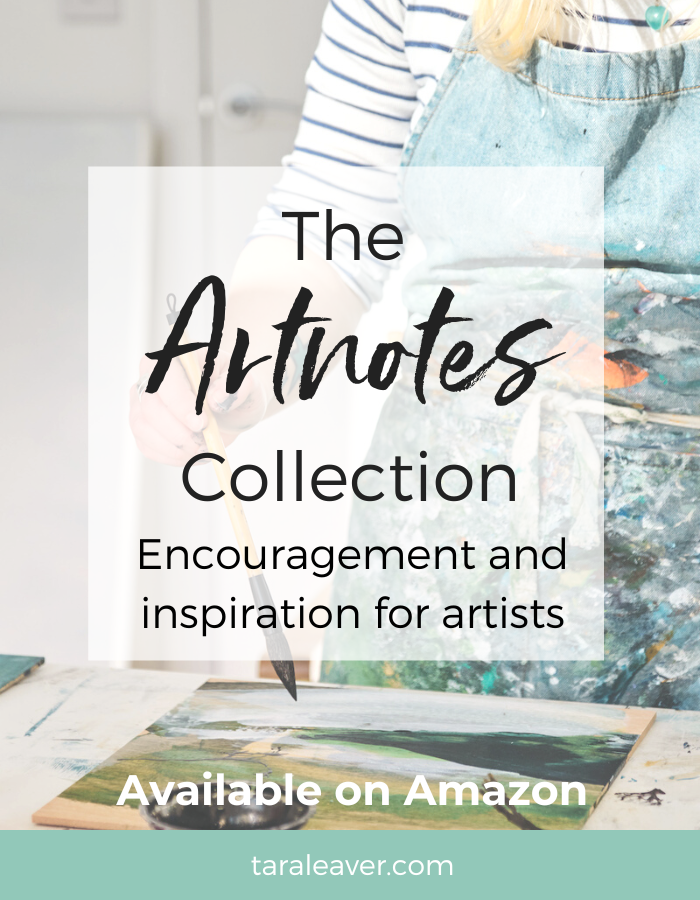
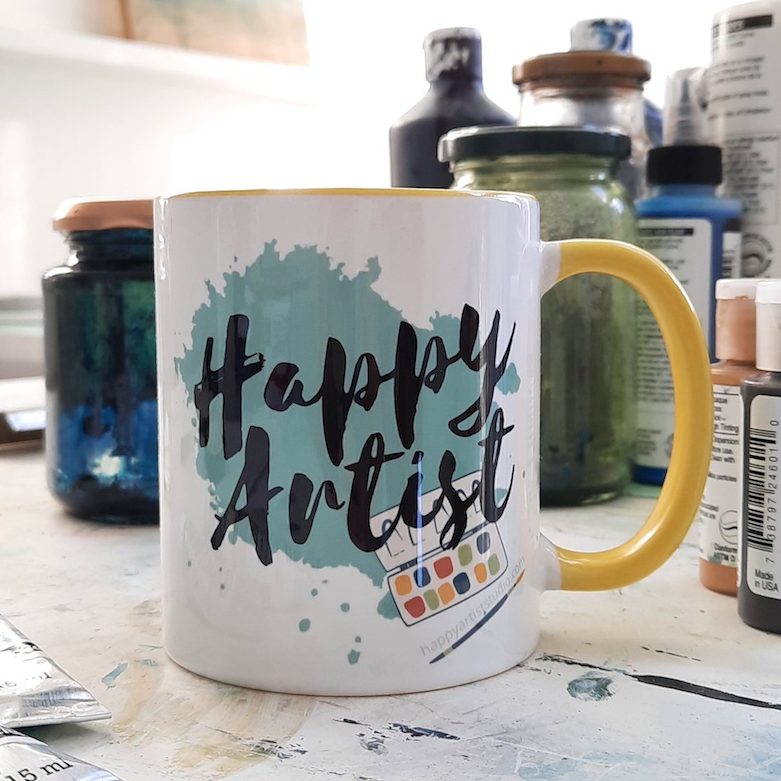
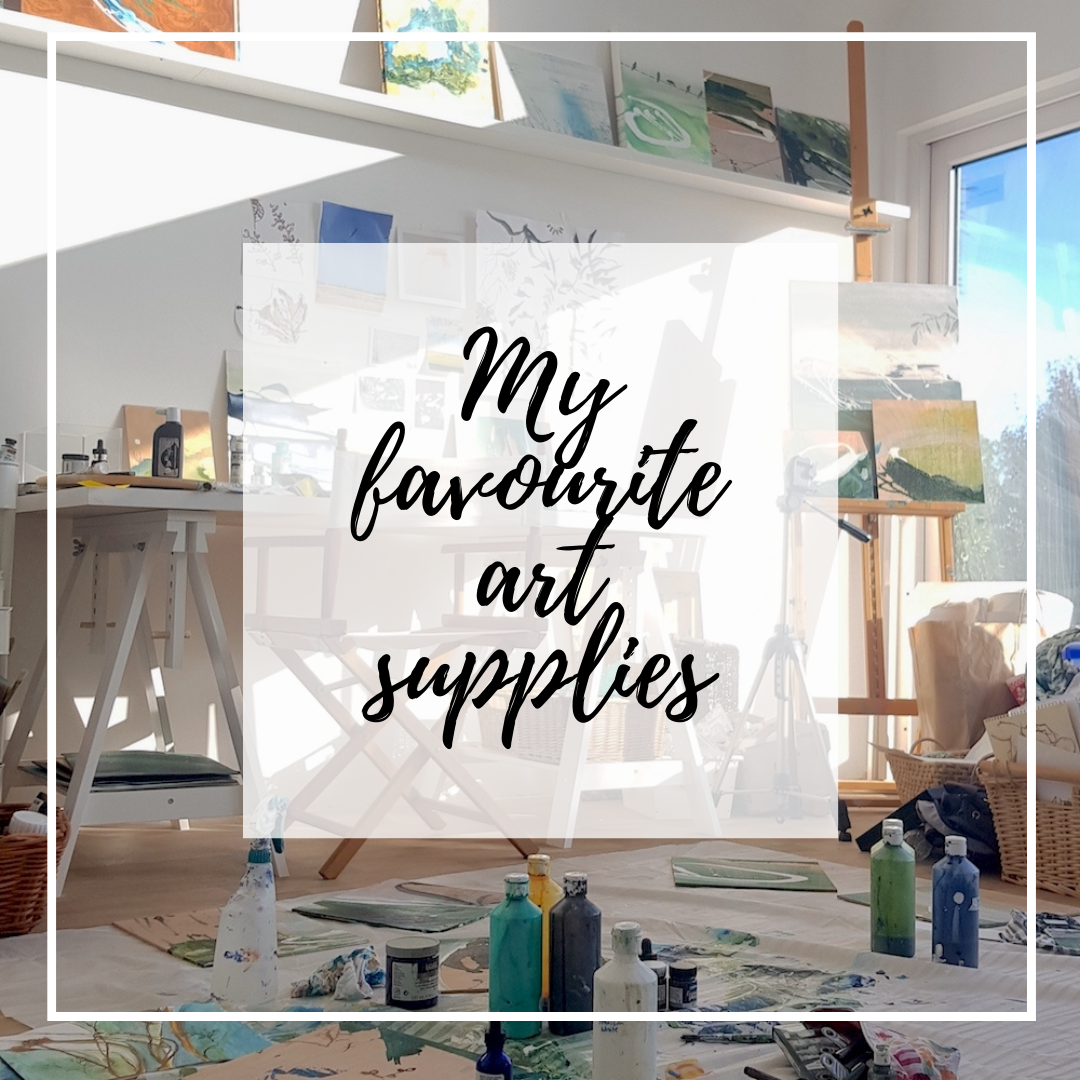
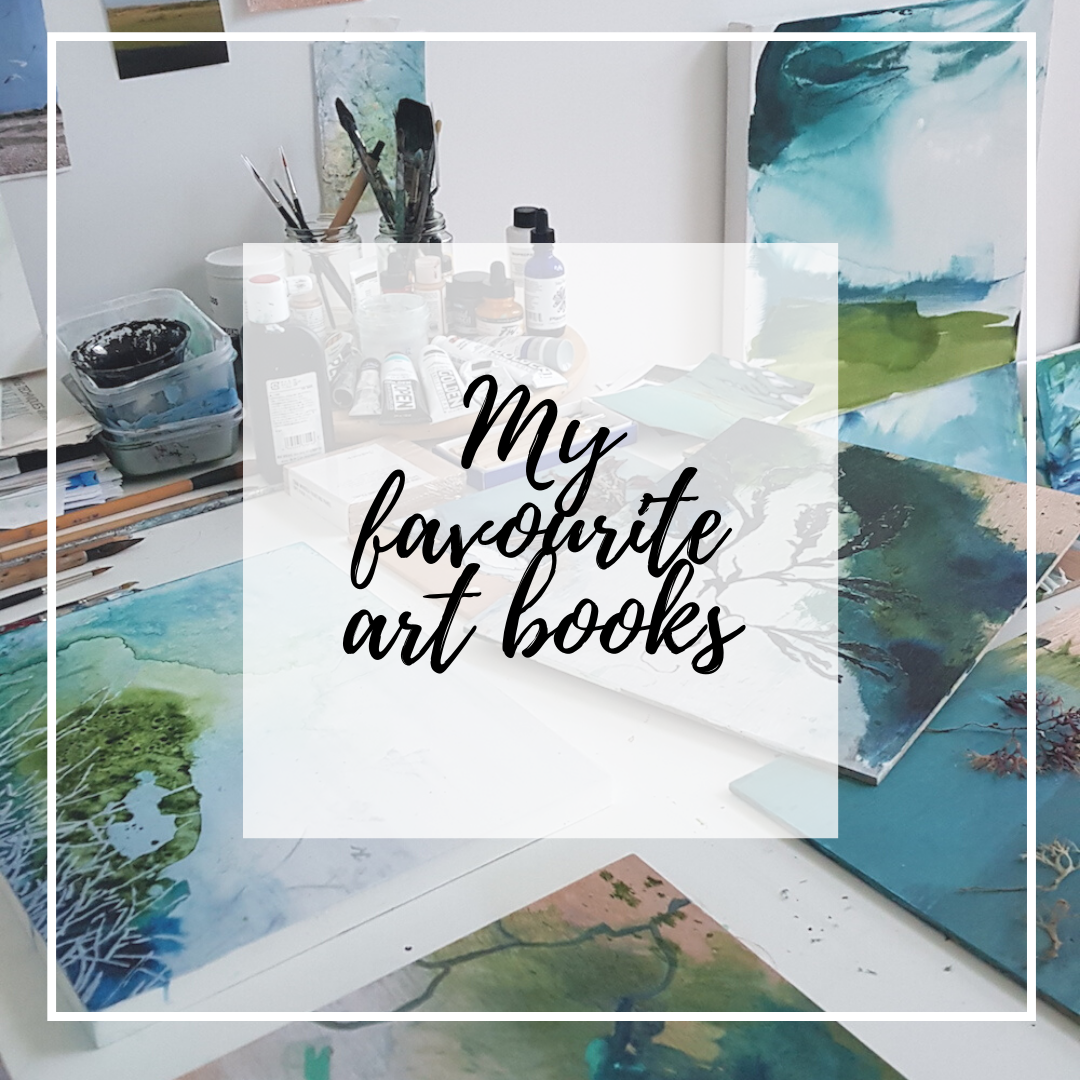
This is fab Tara. Many of the questions I have were answered and myths I believed were debunked.
Appreciate the time you took to write this.
It genuinely gave me solace.
That’s wonderful Sharon, I’m so glad it was helpful for you! There are an awful lot of stories floating around, and so many not actually true. Thank you for stopping by and sharing your thoughts!
Thank you for making my day! It’s good to know all of these points.
Ah that’s lovely to hear Jean. So glad it was helpful.
Really appreciate yor opinion about these theme..it made me feel free of many ideas that held my hands tight for painting again. I have been dry, without any inspiration. Now I will try again. THANKS!
Most welcome Ivona – glad it was helpful!